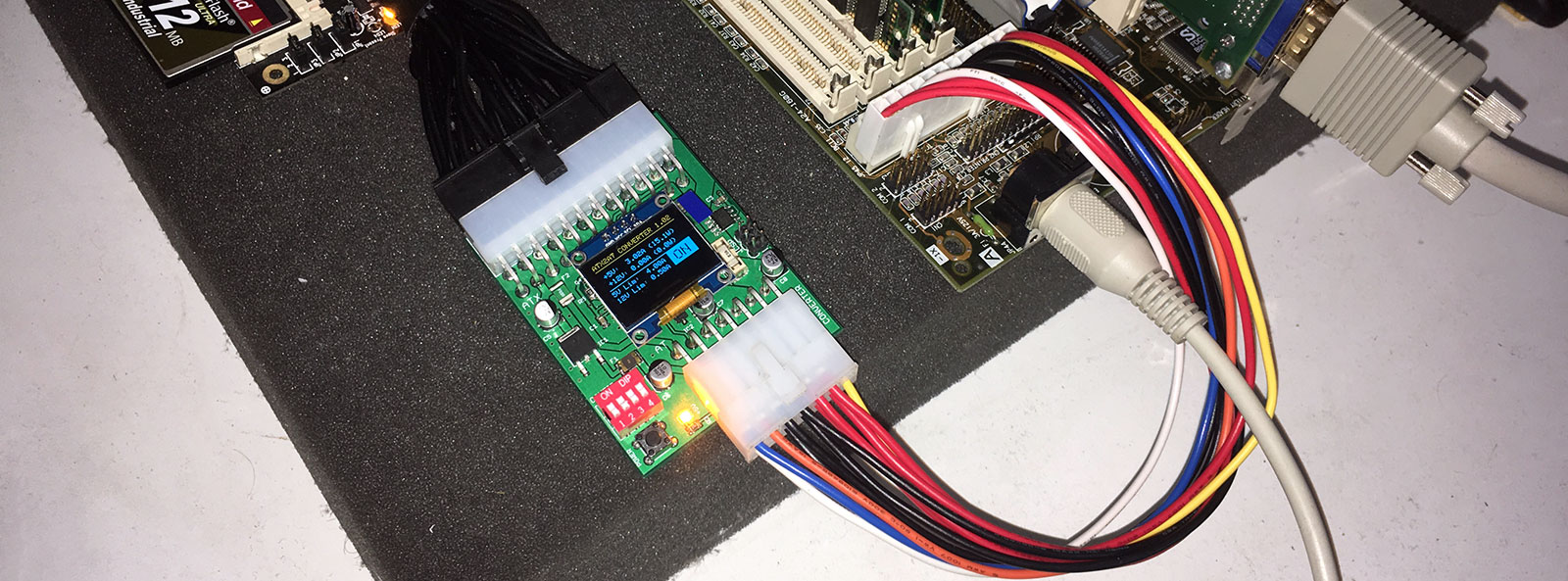
Next, it looks for contractions like shouldn’t, wouldn’t, and couldn’t and changes their straight apostrophes into closing single quotation marks. So, how does this straight quote to smart quote tool work?įirst, it goes through and finds all tags, setting them aside because, in HTML tags, you actually should be using straight quotes. There were SEO concerns about using smart quotes in the early days of the internet and, while they were valid back then, we did some testing and came to the conclusion that smart quotes no longer negatively affect a website’s SEO value. I heard that smart quotes are bad for SEO.

will see the characters as intended, not as little square boxes that would appear if you tried to use them in an ASCII environment. UTF-8 is a character set that handles all of the Unicode characters, including smart quotation marks, so that your website visitors, email readers, etc. But now that pretty much the whole world has adopted UTF-8, we’re safe to once again use the correct characters. And then, in the early days of computing, many charsets didn’t support the smart quotes, so developers suggested that everyone continue using the straight quotation marks.

Well, when the modern typewriter keyboard was developed, they decided that it wasn’t worth using up two keys and so the straight quote was born. You can see examples in the table below.ĭumb quotes sound bad. Dumb quotes are the same exact thing as straight quotes. They can get confusing for readers and they look unprofessional. Straight quotes are, as their name suggests, just plain ol’ straight up-and-down versions of the single and double quote, the same character whether you’re opening or closing a quotation.

They’re the curved versions that open and close around a quotation, helping the reader to better understand what’s going on. What’s the difference between smart quotes, dumb quotes, and straight quotes? And which ones should I be using?


 0 kommentar(er)
0 kommentar(er)
